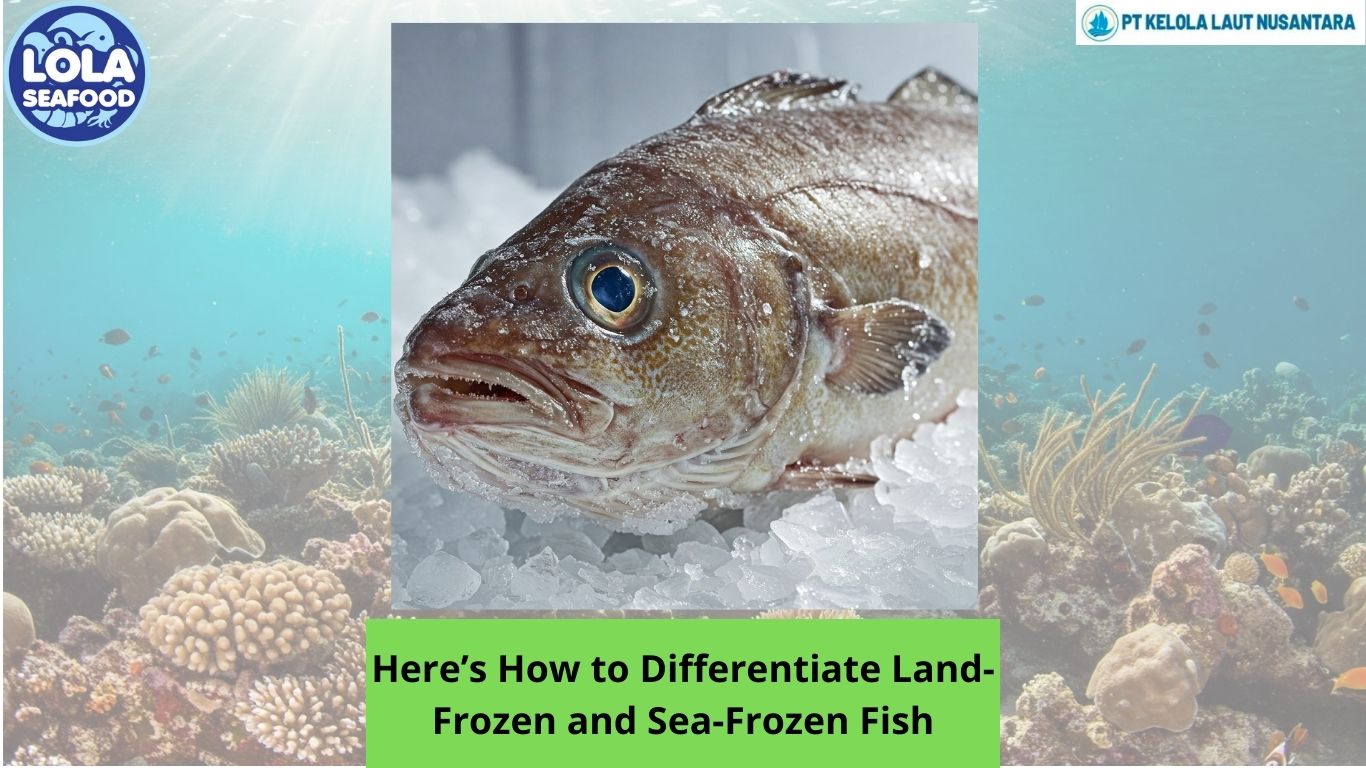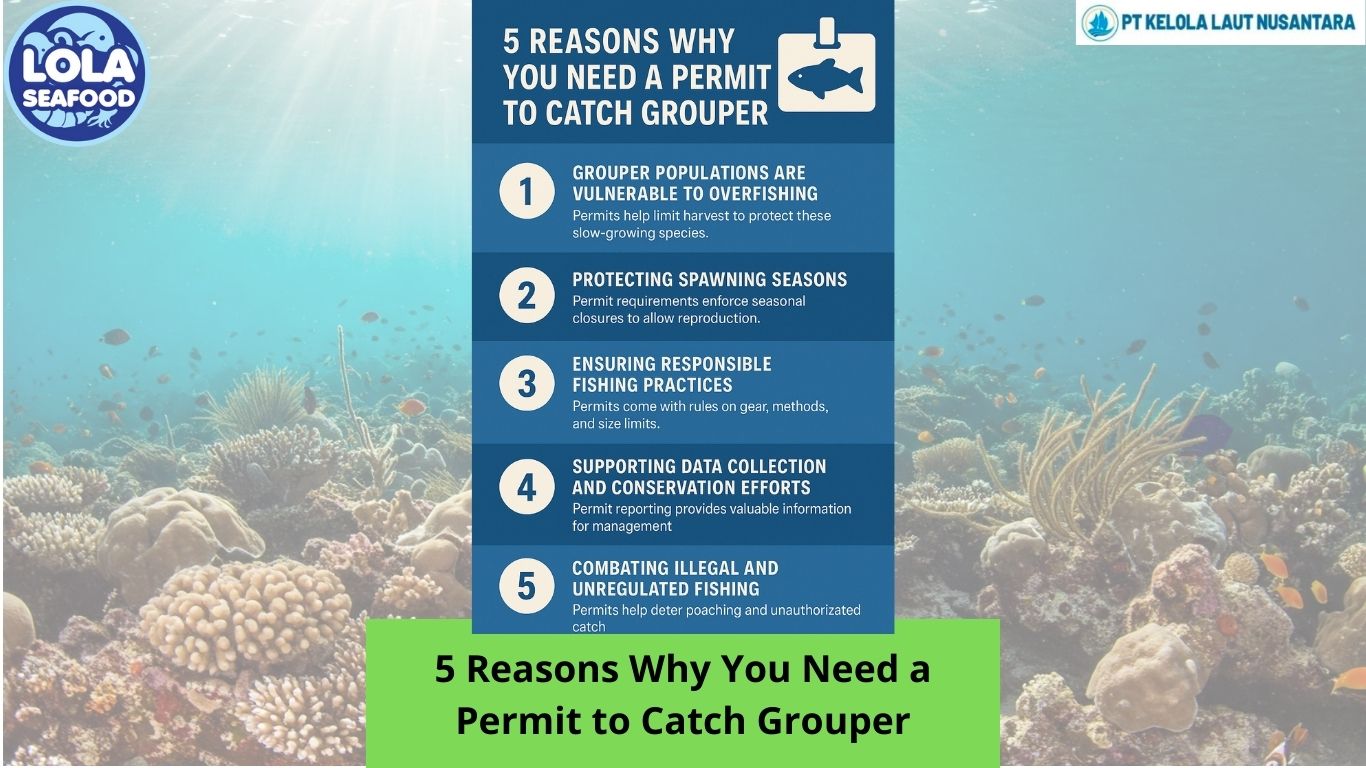Strategies and Best Practices to Increase the Value of Seafood Products
By. Najih - 11 Sep 2024.jpg)
Enhancing the value of seafood products is essential for businesses aiming to improve profitability and meet consumer demands. By implementing strategic practices and focusing on quality enhancement, seafood producers can increase their product’s appeal and marketability. Here’s a guide to effective strategies and best practices for adding value to seafood products.
1. Focus on Quality Improvement
High-quality seafood products are more likely to attract premium prices and satisfy consumer expectations. Quality improvement can be achieved through various methods, including better handling and processing techniques, rigorous quality control, and adherence to industry standards. Ensuring that seafood is fresh, properly cleaned, and free from contaminants can significantly enhance its market value. Implementing quality assurance programs and obtaining relevant certifications, such as the Marine Stewardship Council (MSC) or Aquaculture Stewardship Council (ASC) certifications, can further boost consumer confidence and product value.
2. Innovation in Processing Techniques
Innovating processing techniques can add value by improving product consistency, extending shelf life, and enhancing taste and texture. For example, advanced freezing methods, such as flash freezing, can help preserve the quality and freshness of seafood. Additionally, exploring value-added products, such as ready-to-eat meals or processed seafood snacks, can open new market opportunities and increase profitability. Staying updated with technological advancements and investing in modern processing equipment can lead to better product outcomes and higher value.
3. Effective Branding and Marketing
Building a strong brand and effective marketing strategy is crucial for enhancing the value of seafood products. Developing a compelling brand story that highlights the uniqueness and sustainability of your seafood can attract discerning consumers. Utilizing digital marketing platforms, such as social media and e-commerce, allows for greater visibility and accessibility. Engaging with customers through informative content and transparent practices can foster trust and loyalty, leading to increased market demand and higher product value.
4. Sustainable Practices
Consumers are increasingly concerned with sustainability and environmental impact. Adopting sustainable practices in seafood production, such as responsible fishing methods and eco-friendly packaging, can enhance the perceived value of your products. Communicating these practices through labels and marketing materials helps meet consumer preferences and regulatory requirements. Sustainable practices not only appeal to environmentally conscious buyers but also contribute to the long-term viability of seafood resources.
5. Diversification of Product Offerings
Diversifying your product offerings can cater to different consumer preferences and expand market reach. This includes offering various seafood species, different cuts, and value-added products. By providing a range of options, you can appeal to a broader audience and adapt to changing market trends. Diversification also helps mitigate risks associated with market fluctuations and supply chain disruptions.


.jpg)
.jpg)
.jpg)



